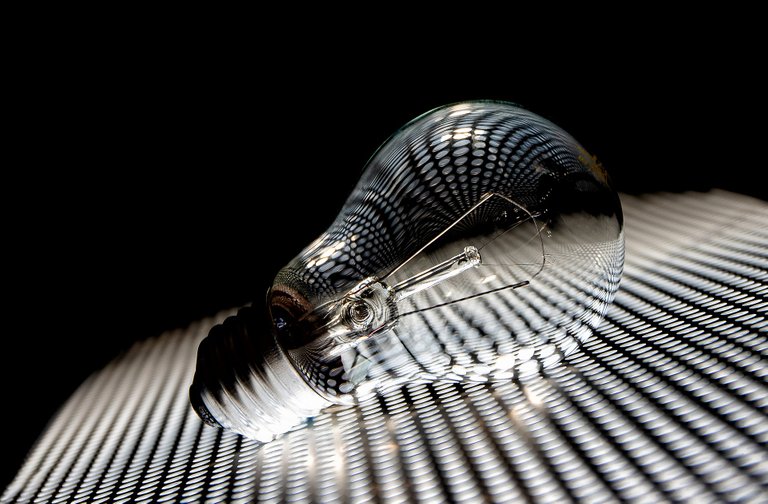Technological Breakthrough For Batteries
New generation of structural batteries promises incredible things. The new technology promises good electrical and mechanical properties that are far superior to their predecessors so we can await more compact electric cars, drones, smartphones, notebooks, or even electric bicycles.

Image by minka2507 from Pixabay
- Be also sure to check out my other posts and follow me @kralizec and subscribe to my Youtube channel at Kralizec Gaming Youtube Channel
In current electric vehicles, a significant part of their mass and volume are rechargeable batteries that store their electricity. That is quite a burden not only for designing them but also for their practicability. An interesting solution to this could be structural batteries. While these still obviously function as energy storage they are also just part of the construction of the device.
Structural batteries are in their way massless. Well, they obviously have mass but it is “dissolved” in the structure and replaces mass that would have been taken by other materials. Thus, the use of structural batteries would lead to significant reduction of the total mass of any device that uses them while also reducing the volume of the device or opening space to use the volume in other ways.
But research into structural batteries proved to be very hard. First attempts to make such batteries took place around 2007 but since then scientists were always stuck with the problem of balancing the electrical and mechanical properties of such batteries.
One of the places that have been working hard for a long time to develop structural batteries is the Chalmers University of Technology in Sweden. Recently they had a huge success when they managed to develop a structural battery that is ten times more powerful than the best previous types of structural batteries. And not only is it better at storing energy it is also better and toughness and durability. It is made from carbon fibers that function as a cathode, conductor, and construction at the same time. The other electrode is aluminum foil coated in lithium and iron phosphate while the electrodes are separated by fiberglass.
The batteries developed by Chalmers’ team led by Leif Asp can carry up to 24 Wh/kg of energy – about 20 % of the capacity of similar lithium-ion batteries. While this doesn’t sound as much, the use of such batteries would allow us to store energy in parts of devices we currently use only to give them their shape. And the lower density of stored energy also has its benefits as it is safer to have less energy stored in a given volume. The mechanic properties of the batteries are comparable to many already used construction materials.
Sadly, these particular batteries will not go into mass production. But they will be used to further the research as there still are many things that can be improved. But once improved, similar future batteries could be used in electric cars and many other interesting applications.
Sources:
- If you like the content I’m producing about science maybe you will like the content I produce about gaming as well! Be sure to check out my other posts!